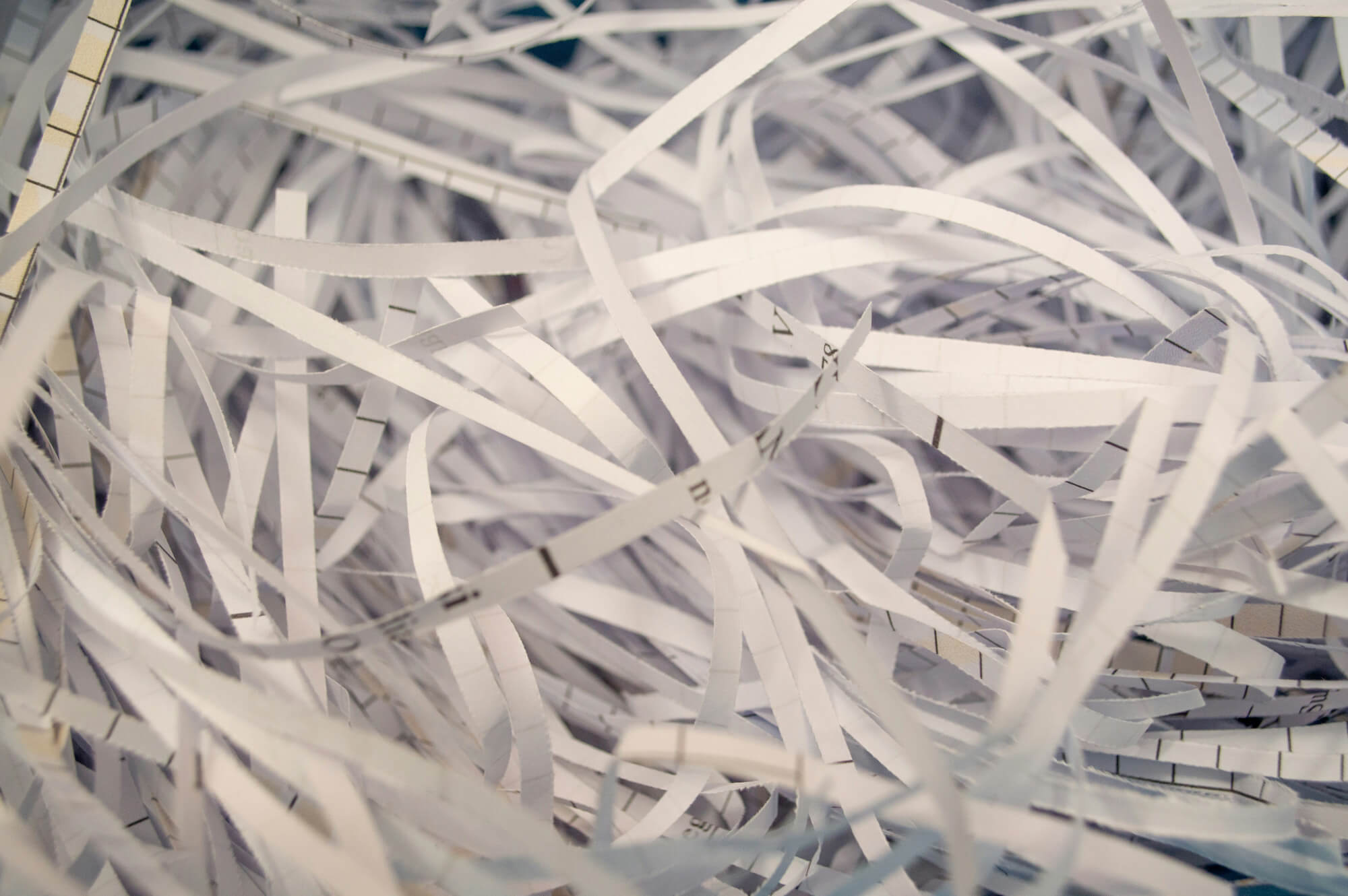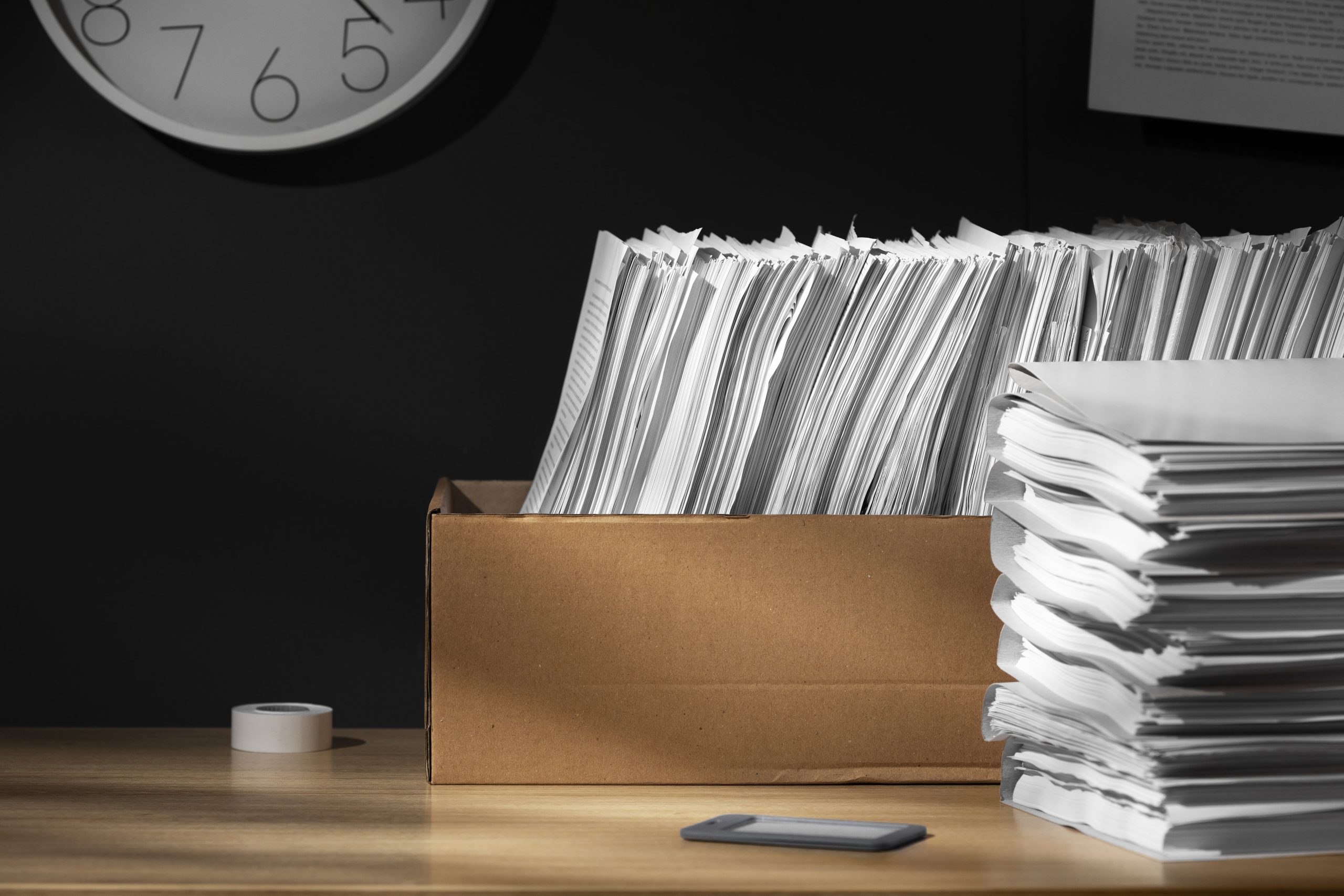In today’s digital age, safeguarding sensitive information goes beyond paper documents. Electronic devices and data storage media also contain confidential information that must be securely disposed of to prevent data breaches. Here are some essential tips on how to safely dispose of old electronics and data storage devices alongside paper shredding services.
1. Understand the Risks
Electronic devices, such as computers, smartphones, tablets, and external hard drives, store vast amounts of personal and business information. Improper disposal can lead to data theft, identity fraud, and unauthorised access to sensitive information. Understanding these risks underscores the importance of secure disposal methods.
2. Back Up Your Data
Before disposing of any electronic device, ensure that you back up all important data. Transfer your files to a new device, cloud storage, or an external hard drive. This step is crucial to ensure you don’t lose any vital information during the disposal process.
3. Wipe Your Devices
To prevent unauthorised access, it is essential to wipe your devices clean. Simply deleting files is not enough, as data can often be recovered. Use data-wiping software to securely erase all information from your device. For smartphones and tablets, perform a factory reset and remove any SIM or memory cards.
4. Remove or Destroy Storage Media
For devices with removable storage media, such as SD cards, USB drives, and CDs/DVDs, physically remove these components. Shred or destroy them using a professional shredding service to ensure the data is irretrievable. For hard drives, consider using a degausser or physically dismantling and crushing the drive to render it unusable.
5. Use Professional E-Waste Recycling Services
Partner with a certified e-waste recycling service that adheres to environmental regulations and data security standards. These services ensure that electronic devices are dismantled and recycled properly, with all sensitive data securely destroyed. Check for certifications such as R2 (Responsible Recycling) or e-Stewards to ensure the recycler follows best practices.
6. Utilise Manufacturer Take-Back Programs
Many electronics manufacturers offer take-back programs for old devices. These programs often include secure data destruction and environmentally responsible recycling. Check with the device manufacturer for available options and follow their guidelines for returning old electronics.
7. Erase Data from Cloud Storage
If your electronic devices were synced with cloud storage services, make sure to delete any stored data from these platforms. Follow the cloud service provider’s instructions for permanently removing data from your account to prevent any residual information from being accessed.
8. Consider Data Destruction Services
Professional data destruction services specialise in securely disposing of electronic devices and storage media. These services provide comprehensive solutions, including data wiping, physical destruction, and certification of destruction. Utilising such services ensures the highest level of data security.
9. Stay Compliant with Regulations
Ensure that your disposal methods comply with relevant data protection and environmental regulations. Laws such as GDPR, HIPAA, and FACTA mandate secure disposal of electronic data to protect sensitive information. Adhering to these regulations helps avoid legal repercussions and protects your reputation.
10. Educate Your Team
If you are disposing of business electronics, educate your team about the importance of secure disposal practices. Implement a clear policy for disposing of electronic devices and provide training on how to follow these procedures. Regularly review and update your disposal policies to keep up with evolving security threats.
Conclusion
Safely disposing of old electronics and data storage devices is crucial for protecting sensitive information and maintaining data security. By following these tips and utilising professional services, you can ensure that your electronic data is securely destroyed and that your disposal practices are environmentally responsible. Integrate these practices into your overall data protection strategy to safeguard your personal and business information effectively.




